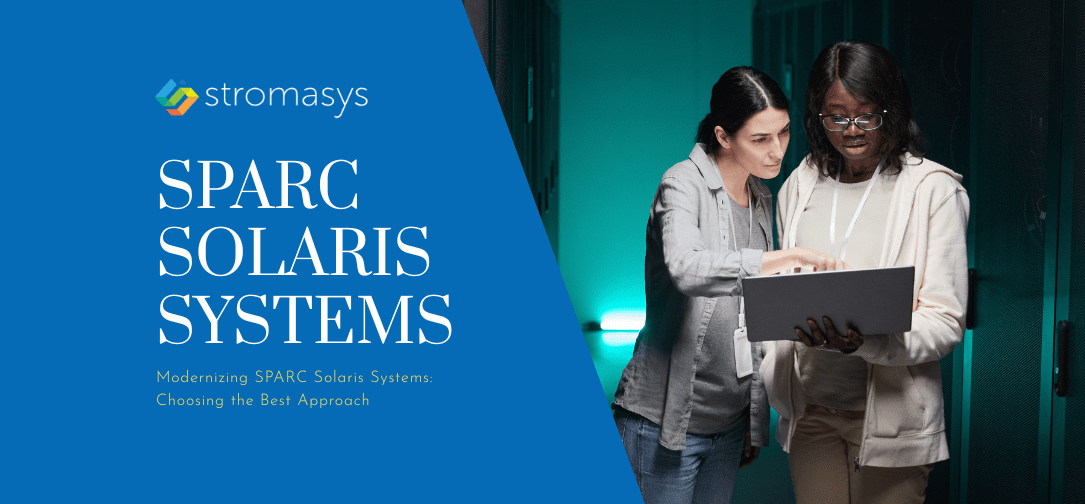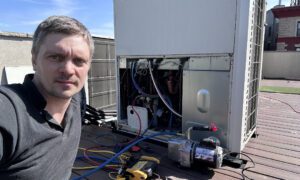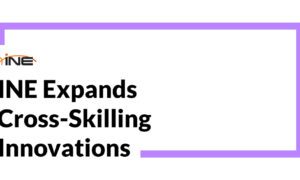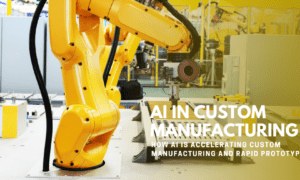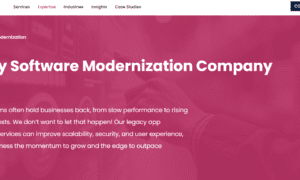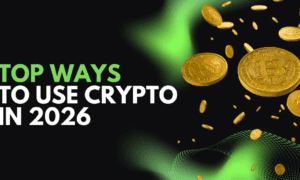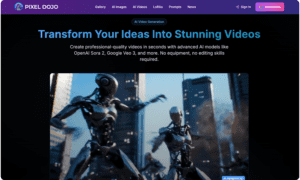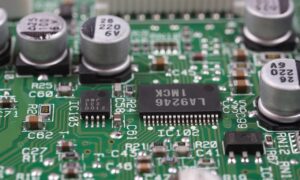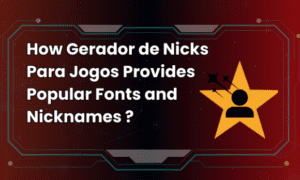As technology advances rapidly, it’s easy to overlook legacy applications. But these applications can still perform important business functions. And they might need more attention than you think.
The same can be said for Solaris. Although it’s a legacy OS, it is still used in various industries such as aerospace, telecommunications, government, and many more. They are in use because they perform essential business functions.
In contrast, the hardware platform they run on (SPARC) has now reached its end-of-life status. This raises major concerns and can even lead to a business halt.
Therefore, fixing the risks associated with SPARC is the need of the hour, and this blog is crafted with that need in mind. Let’s dive in.
The Business Risks of Ignoring Future Planning for SPARC Environments
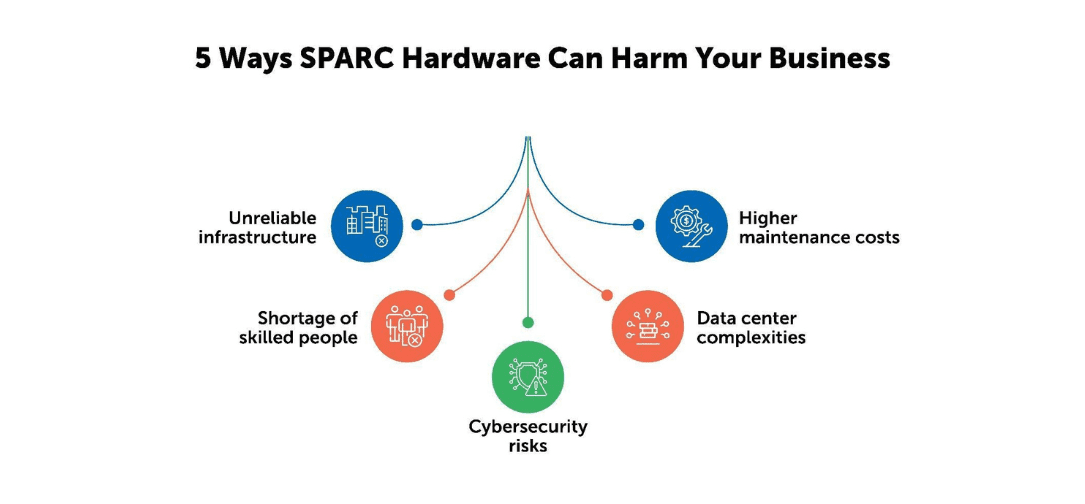
Keeping old SPARC hardware in operation is a losing bet for IT operations. Although the SPARC software (Solaris) is executing business workloads, the hardware is difficult and expensive, and even finding spare parts can be challenging.
Reliability is also an issue. Older equipment not only breaks down more frequently, but finding experts who can offer current support and quickly fix problems can become extremely difficult with each passing year.
Vendors and customers alike are facing this skill gap because young engineers do not want to spend time learning about hardware that’s two or three decades old.
Legacy hardware can also have outdated interconnect functionality, requiring special switches, a cable plant or power. All of these add data center complexities.
Another thing that often goes unnoticed is the opportunity cost. To keep the old hardware running, IT teams spend most of their budget and time maintaining aging SPARC hardware. It’s like focusing your efforts on the past instead of pursuing innovations.
The legacy hardware environment may hinder your plans to migrate on-premises workloads to a hybrid cloud because the hardware isn’t certified for that environment.
All of these complexities increase the risks and costs associated with the SPARC infrastructure, prompting CTOs to look for alternatives.
Why Solaris Applications are Still Important
Sometimes, changes are not necessary (even when technology advances at a rapid pace). This is exactly what applies to Solaris applications. Here are the reasons why companies want to keep them:
First things first, they perform mission-critical workloads. In other words, they solve a specific problem and are crucial for business continuity. Companies may have spent millions on them, and changing them is not needed. If your application already meets your needs, why redesign it?
Furthermore, many of these applications do not need additional features or functionalities. In such cases, changing them is not needed. By doing this, you risk your business since there is no guarantee that the new application will deliver everything that the old one did.
Another challenge is that the people who created, maintained and fixed these apps are long gone. So, rebuilding that knowledge from scratch would be an expensive process and could risk errors as well.
The Best of Both Worlds: Emulation (Lift and Shift)
Hardware emulation or lift and shift is a frictionless strategy to extend the life of Solaris OS and applications. It enables Solaris virtualization by creating a similar hardware environment on modern hardware or in the cloud.
| Aspect | Option A: Maintain Hardware | Option B: Migrate Software | Option C: Hardware Emulation (Lift and Shift) |
| Approach | Keep legacy hardware running with spare parts. | Rewrite or port applications to new systems. | Virtualize legacy hardware to run existing applications on modern servers. |
| Cost | Rising maintenance expenses. | High redevelopment and transition costs. | Moderate one-time setup cost. |
| Risk | Frequent failures and long downtime. | Possible data loss and project overruns. | Low risk with stable and proven results. |
| Timeframe | Immediate but reactive maintenance. | Several months to years. | Typically completed in a few days. |
| App Changes | None until hardware failure occurs. | Major rewrites are required. | None, applications run unmodified. |
| Downtime | Unpredictable. | Long migration. | Minimal. |
| Training Need | None. | Significant retraining is needed. | Minimal retraining is required. |
Here’s how emulation works:
- A hardware emulator (example: Stromasys Charon) is deployed
- It mimics the functionalities of the original hardware, creating a similar environment on a modern platform
- The aging hardware is eliminated while moving the legacy OS & applications to the emulated environment
- They run unmodified as if they are running on the original platform
This way, you can protect your trusted Solaris applications and familiar processes while replacing the vulnerable hardware. Consequently, you mitigate the cost and complexities linked to maintaining an on-premises data center. In fact, you can also create one unified, virtual data center with this approach.
Since you are not modifying any legacy code or data, there is no retraining required for end users.
Final Takeaway
Protect your business by removing the obsolete SPARC hardware and keeping your Solaris applications running reliably. Lift and shift makes this process seamless and interruption-free.
The return on investment (ROI) and the total cost of ownership are strong, with savings in maintenance costs, employees and operations.
And with greater reliability, you have the confidence of knowing that whatever your environment, it’s not going to be wasting time running unplanned downtime. The operation team will also be very happy that they don’t have to maintain the old SPARC hardware anymore.

